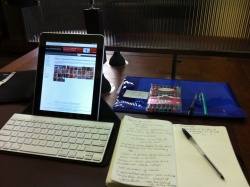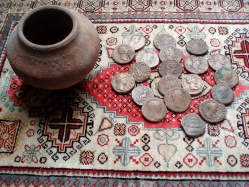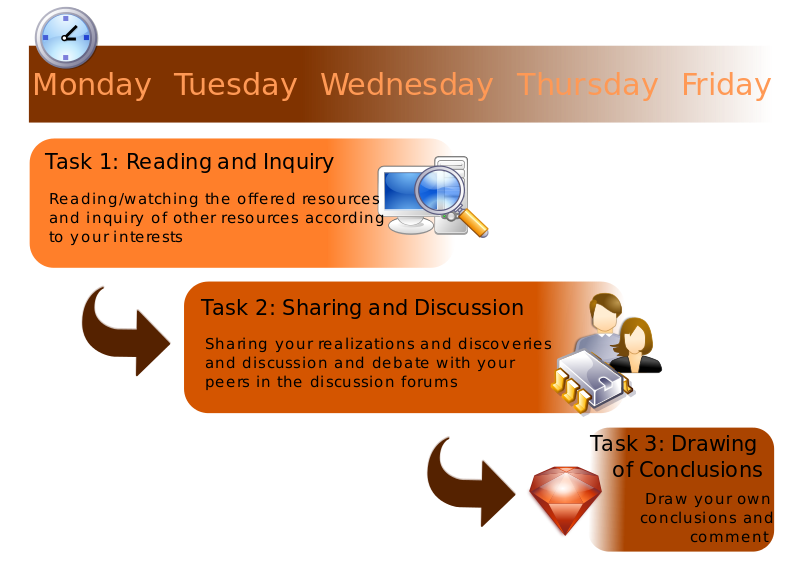User:Grian/courseplanningpage/Course outline/Learning pathways/Alternative social views/How to work this learning pathway
How to work this learning pathway
Instructions
As you have done so far, you will have to work this learning pathway in three stages:
- Reading and inquiry
- Sharing and discussion, and
- Drawing of conclusions
This task consists of two stages:
- The reading, listening or watching of those open educational resources offered through the page Task 1: Reading and inquiry. This study will serve as a basis for...
- An independent and autonomous inquiry -according to your interests, preferences or concerns- for other resources related to the topic you have chosen
Once you've read or watched the resources offered, as well as those that you've found in your inquiry -that is, once you have gotten a more or less solid idea about the subject we are dealing-, you must do two things:
- Share with your course mates your provisional conclusions on all that you have studied and found in your search. You will do this through your comments on posts (not too extended) in our meeting page on Facebook, or through microposts via Twitter or in our Wiki
- Contribute to, and participate in, a constructive discussion with your peers about all these issues, always from a critical and cooperative attitude
Comments and assessments from your colleagues and moderator of the course will help you to see issues that perhaps you had overlooked in your provisional conclusions. That combination of all that you have learned during the week through reading, research and discussions will take you to draw some more or less solid conclusions about the subject or subjects studied. That's when you should reflect your ideas on your personal blog. From this point, blog will become not only the framework where you embody what you have learned, but also the new environment where, through the comments section, there will emerge more proposals, questions or perhaps even new threads.
As usual, you have all this week to accomplish these tasks, distributing approximately your time according to the distribution of this diagram:
That is,
- You can distribute your time to the study of resources and search for more information from Monday to Wednesday,
- you can devote yourself to share your findings and discuss them with your peers between Tuesday and Thursday,
- and you can draw your conclusions and reflect them on your blog in the last two working days of the week, Thursday and Friday.
As you can see in the above diagram, tasks overlap each other so that, while you are ending the study of resources and looking for more information, you can start your sharing and discussion of findinghs with your peers; and, while you are finalising the sharing and discussion of topics, you can start to draw conclusions and reflect them in your blog. However, you are free to organise your time according to your means, albeit trying to adjust your timing to the chances of sharing and discussion in which your peers will be more participatory.



